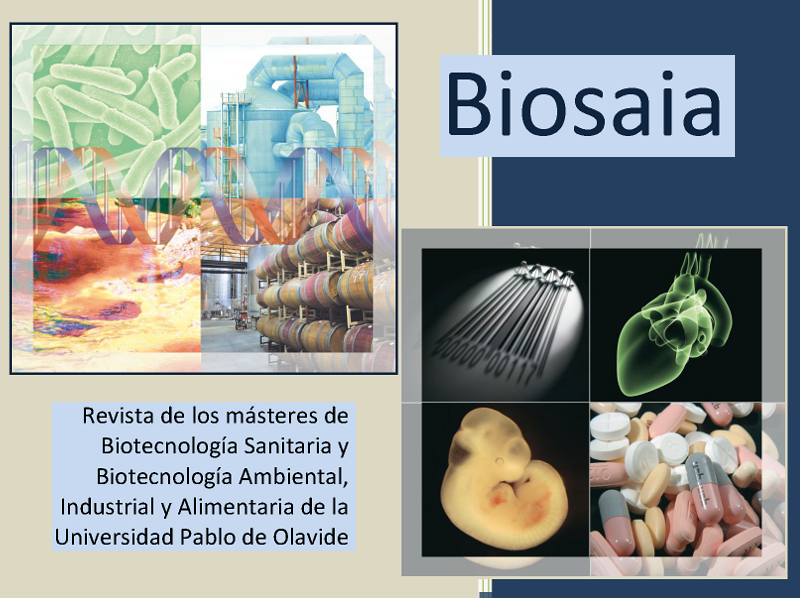Exploring the role of ferroptosis in C. elegans proteostasis models
Palabras clave:
Ferroptosis; Caenorhabditis elegans; cysteine; osmotic mechanism; polyQ aggregates; diethyl maleate.Resumen
Motivation: Ferroptosis is a form of regulated cell death involved in degenerative and neoplastic diseases, therefore, understanding the mechanism is very important to treat these diseases. Ferroptosis is caused by an iron-dependent increase in lipid peroxidation of polyunsaturated fatty acid (PUFA)-containing phospholipids, but this peroxidation can be eliminated by a glutathione dependent peroxidase. Therefore, the biosynthesis of glutathione, which is limited by cysteine availability, becomes essential for ferroptosis protection. Interestingly, recent work has found that ferroptosis occurs through an osmotic mechanism. The objective of this research is to characterize the ferroptosis pathway in Caenorhabditis elegans, by genetically impairing the cysteine synthesis pathways and to determine if C.elegans ferroptosis is also altered by increased osmotic pressure in a worm model of Huntington´s Disease.
Methods: We have used different deletion mutants of cysteine biosynthesis: cbs-1 in the transsulfuration pathway, cysl-1 in cyanide assimilation pathway and trp-14, which is assumed to reduced L-cystine to cysteine. We also used gpdh-1 and gpdh-2 mutants, two genes encoding glycerol-3-phosphate dehydrogenases, involved in osmotic pressure resistance. The mutants above were crossed with Q40 worms in which polyQ aggregates accumulate in muscle cells, wich were quantified in a fluorescence microscope. Moreover, we used diethyl maleate (DEM) to deplete glutathione and measure the size of animals to study the impact of glutathione homeostasis in these worms.
Results: The Q40; gpdh-1 and Q40; gpdh-1; gpdh-2 strains have more aggregates than the other strains. Intriguingly, the Q40; gpdh-2 and Q40; gpdh-1; gpdh-2 animals display a development delay in comparison with the other strains. Q40 worms are resistant up to 1.5 mM DEM, while Q40; gpdh-1 are up to 1.25 mM DEM and Q40; gpdh-2 and Q40; gpdh-1; gpdh-2 are already sick at 1 mM DEM. Finally, cysl-1 and cysl-1; trp-14 strains show developmental delay when cbs-1 is downregulated by RNAi, while trp-14 mutants development is not affected.
Conclusions: The lack of trp-14 or gpdh-2 does not seem to affect the number of Q40 aggregates in worm muscle cells while gpdh-1 mutants have increased the number of aggregates, regardless of the presence of the gpdh-2 mutation. The gpdh-2 mutation appears to affect the development of Q40 worms. Finally, cysl-1 mutants seem to be more sensitive to cbs-1 downregulation than trp-14
Descargas
Citas
Stockwell BR, Friedmann Angeli JP, Bayir H, et al. Ferroptosis: A Regulated Cell Death Nexus Linking Metabolism, Redox Biology, and Disease. Cell. 2017;171(2):273-285. doi:10.1016/j.cell.2017.09.021
Riegman M, Sagie L, Galed C, et al. Ferroptosis occurs through an osmotic mechanism and propagates independently of cell rupture. Nat Cell Biol. 2020;22(9):1042-1048. doi:10.1038/s41556-020-0565-1
Descargas
Publicado
Cómo citar
Número
Sección
Licencia

Esta obra está bajo una licencia internacional Creative Commons Atribución-NoComercial-CompartirIgual 4.0.





